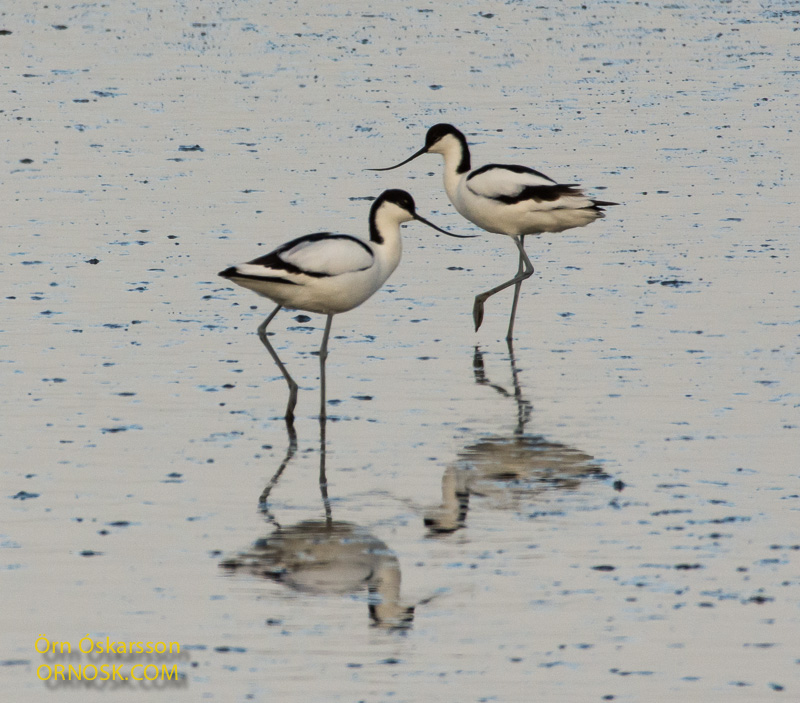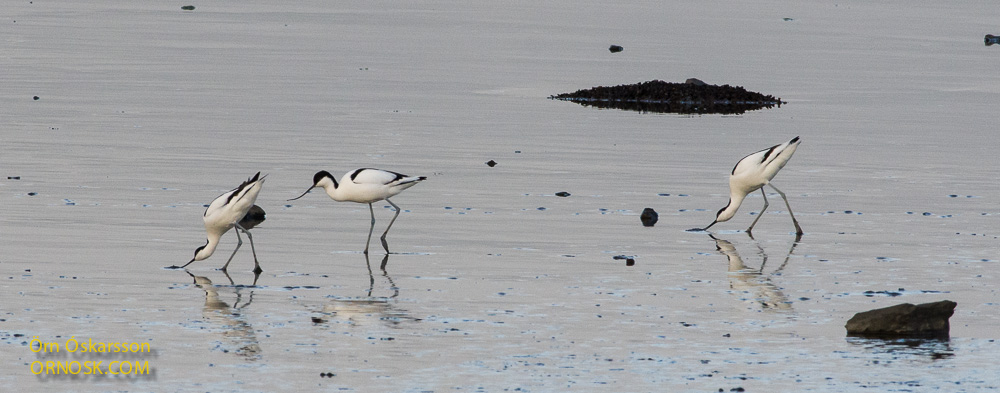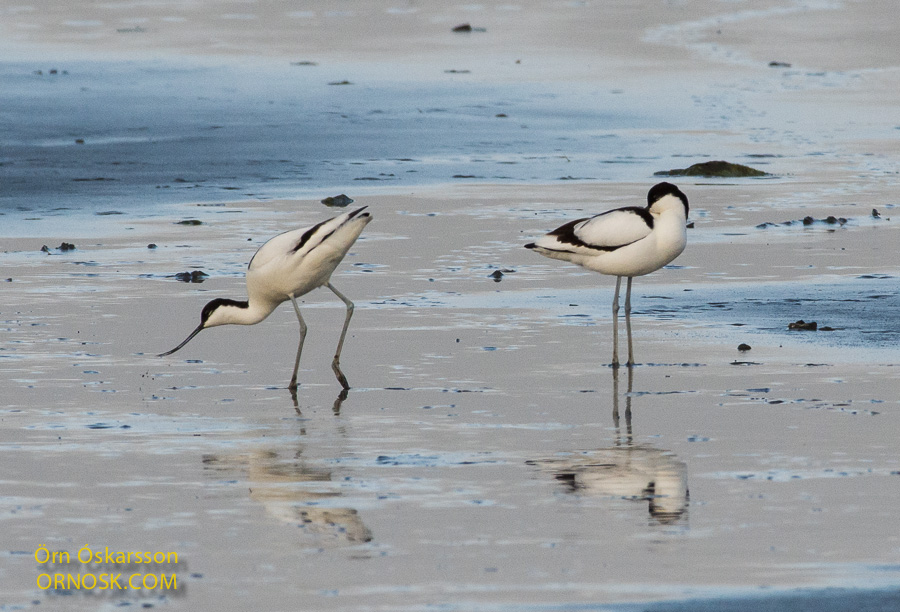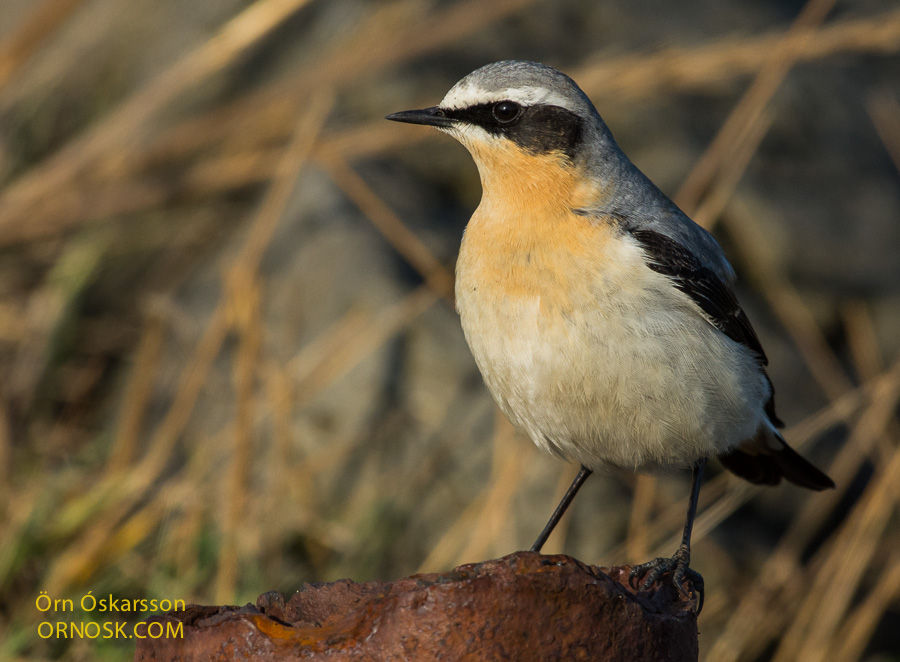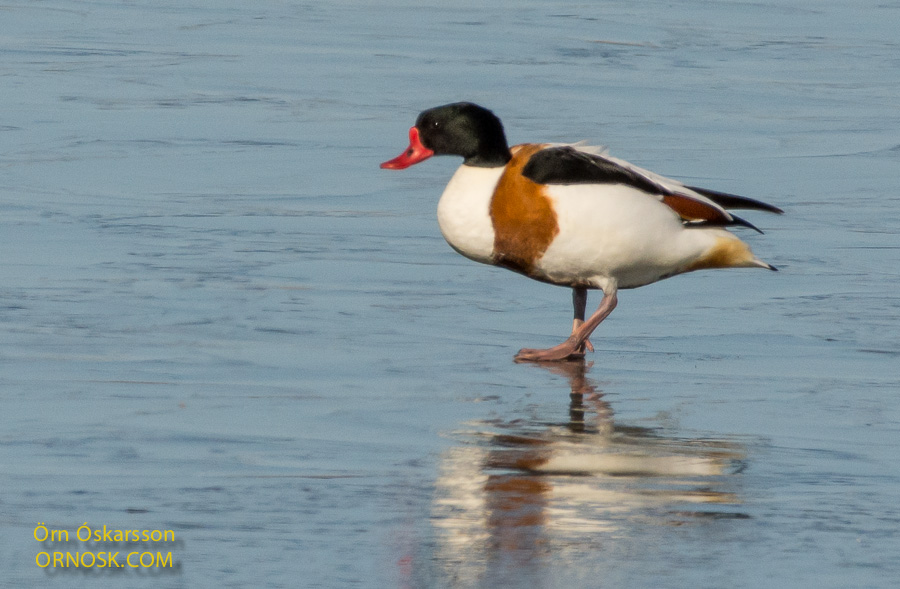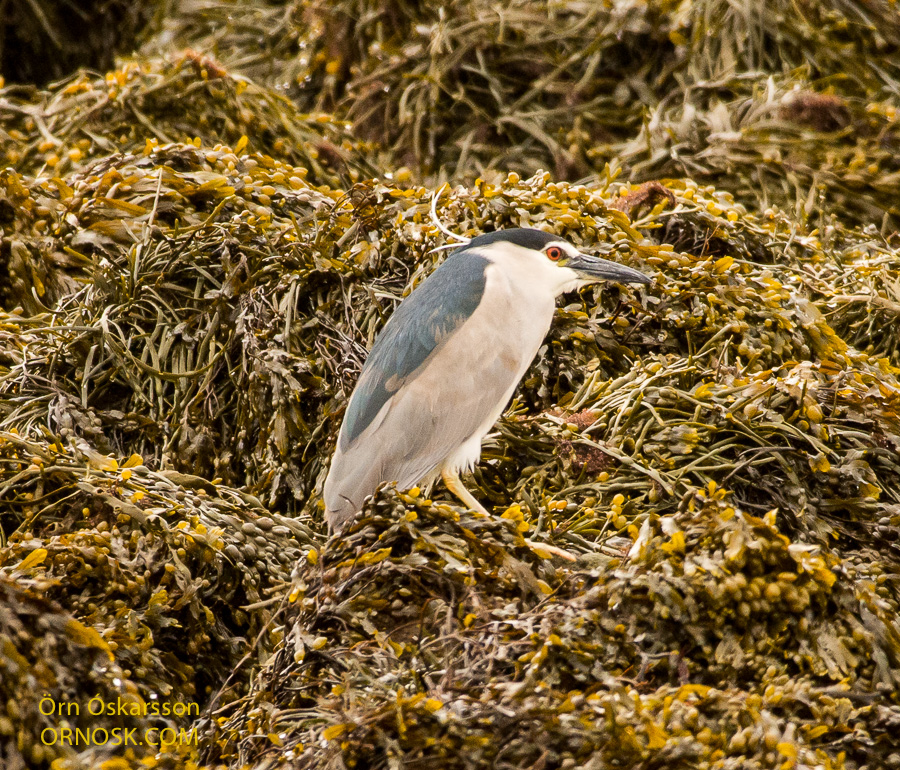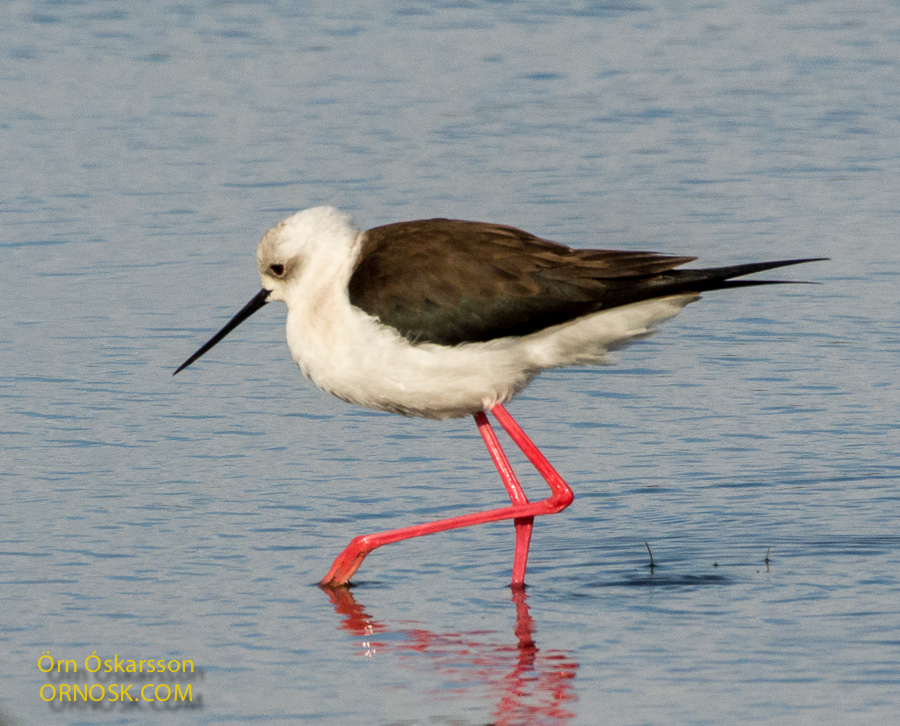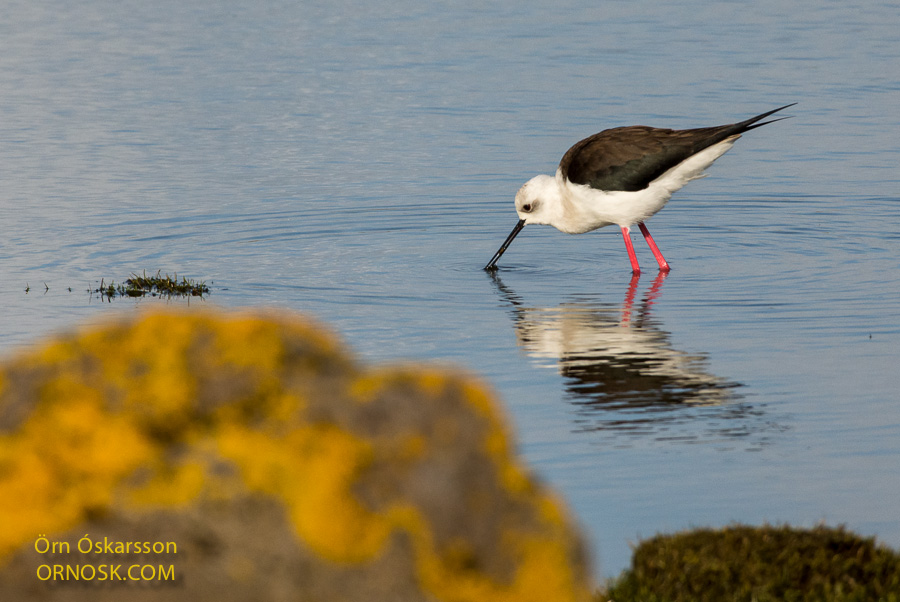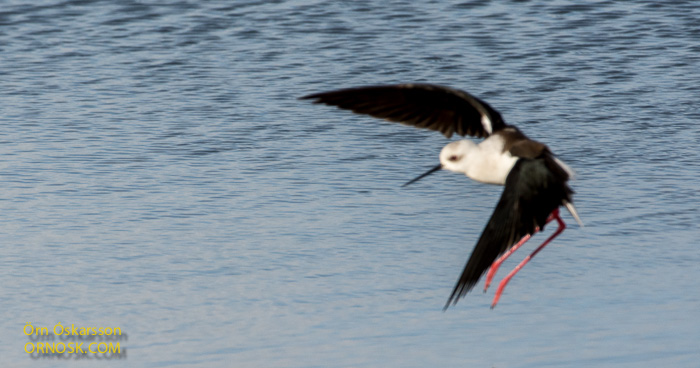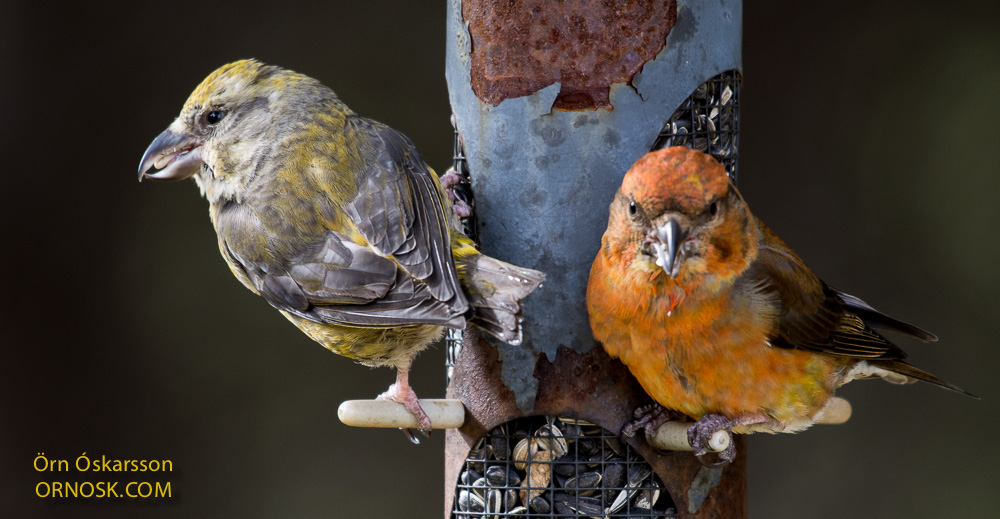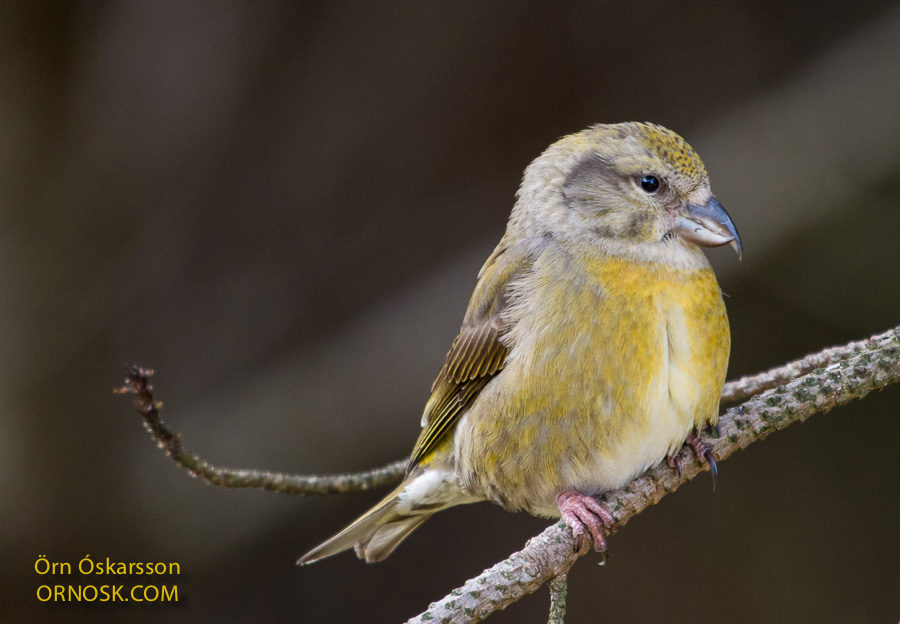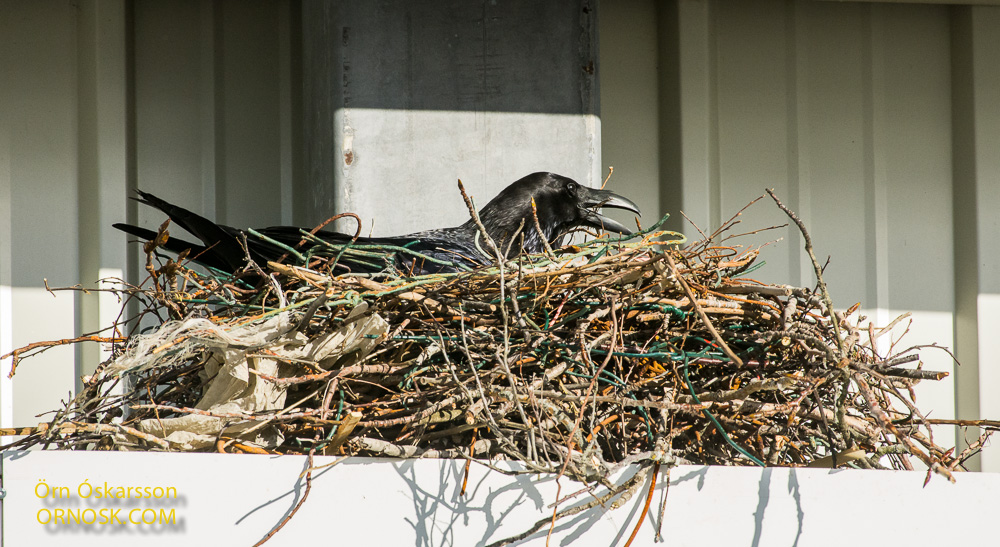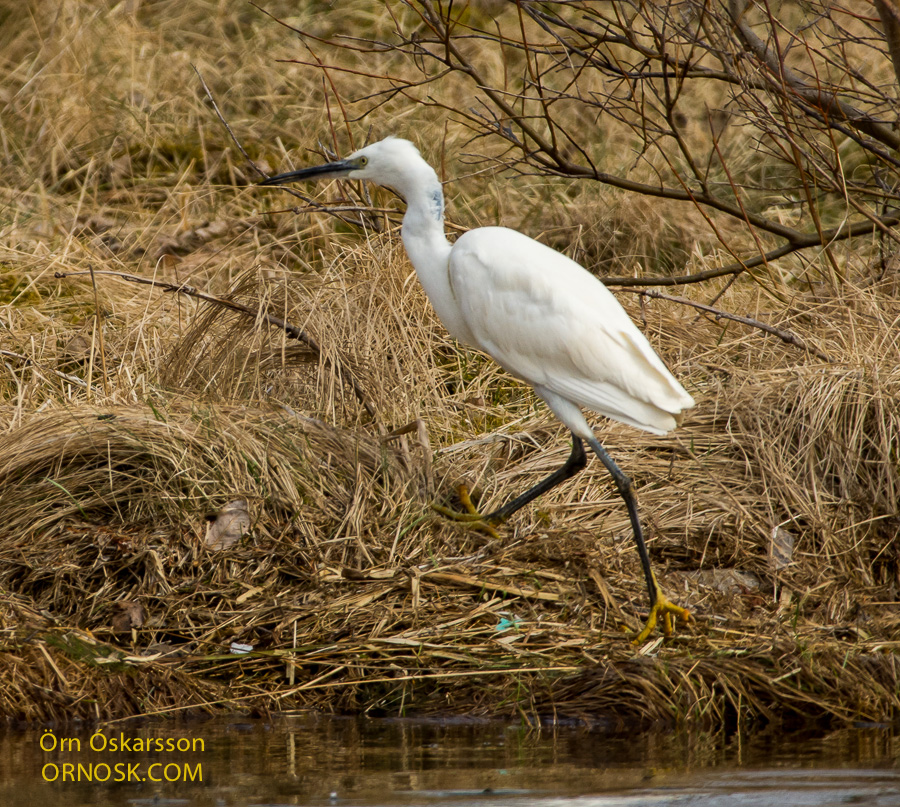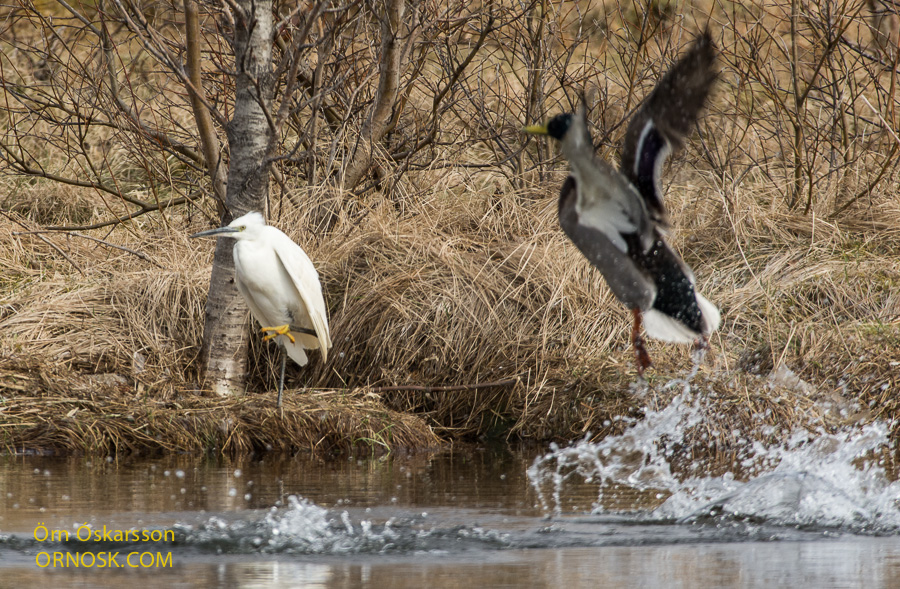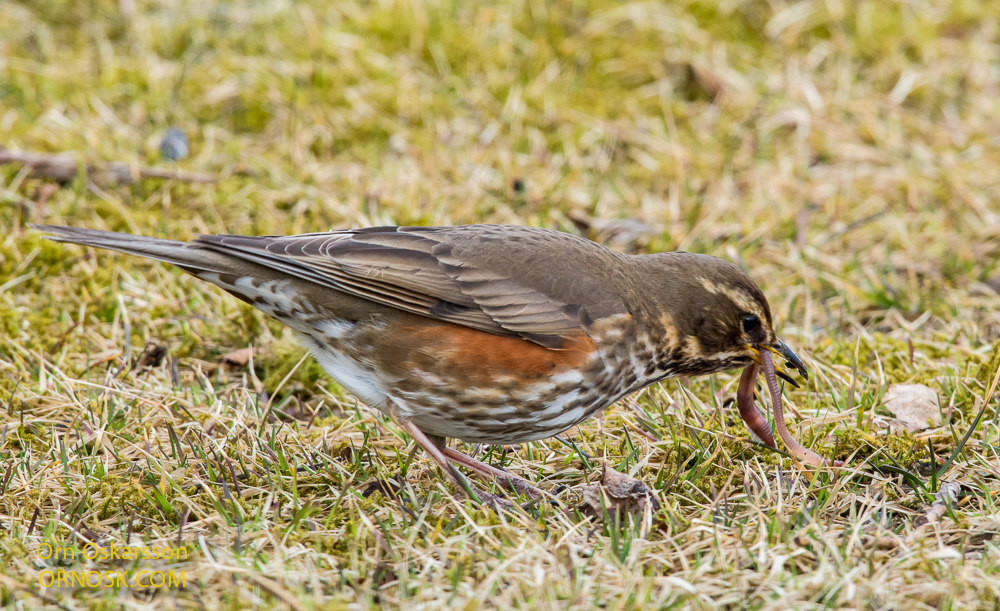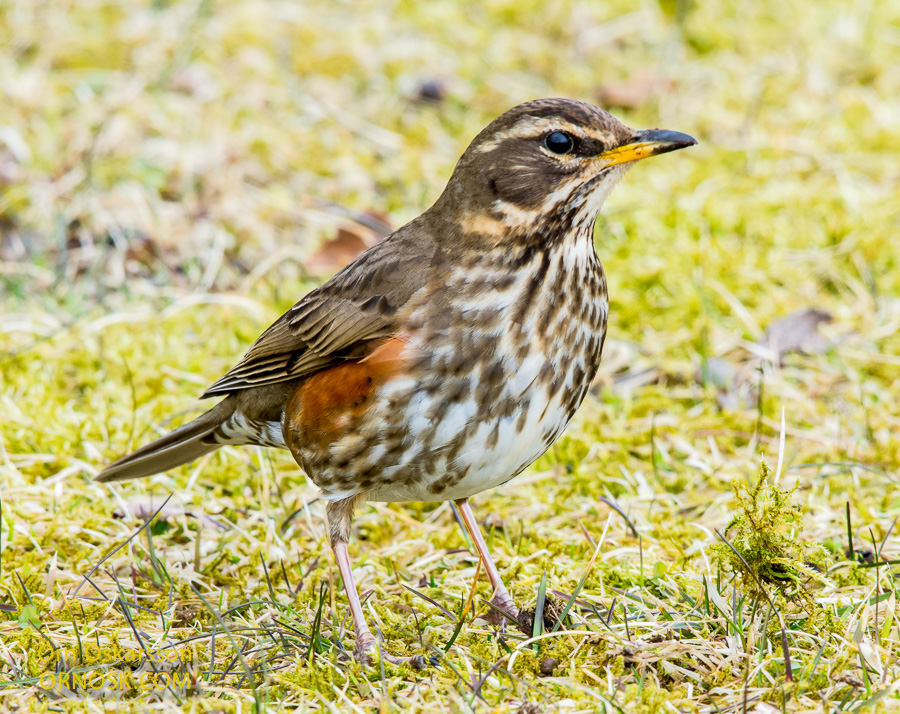Category Archives: Birds
Majestic Pied Avocets
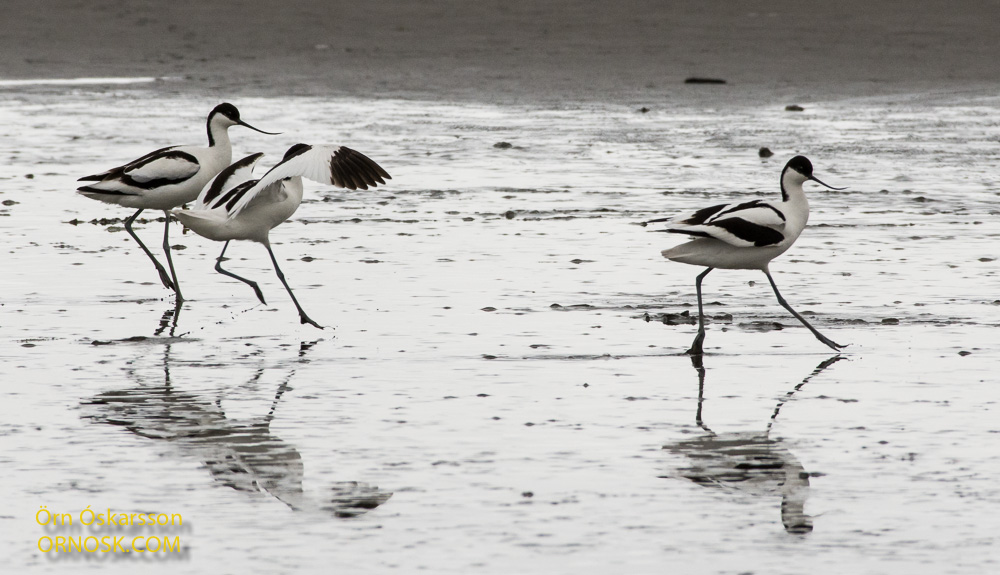
Pied Avocets are breeding birds in Southern and Western Europe. Last week five birds were spotted in Hornafjörður, Southeast Iceland. Three of them are still there. This is the third time the Pied Avocet is seen here. In 1954 one bird was spotted in Reyðarfjörður, East Iceland, and the second time was in 2004 when five birds were spotted also in Hornafjörður.
The Pied Avocet is a majestic wader with long almost blue legs and a long upturned bill which it swings from side to side to catch food in shallow muddy waters.
It is mostly a migratory bird that winters in Africa although some choose to skip the journey and endure the winter in Southern Spain and even the South of Britain. In 1840 the Pied Avocet had become extinct in Britain but now it has returned and is in little danger of extinction.
Wheatear just arriving
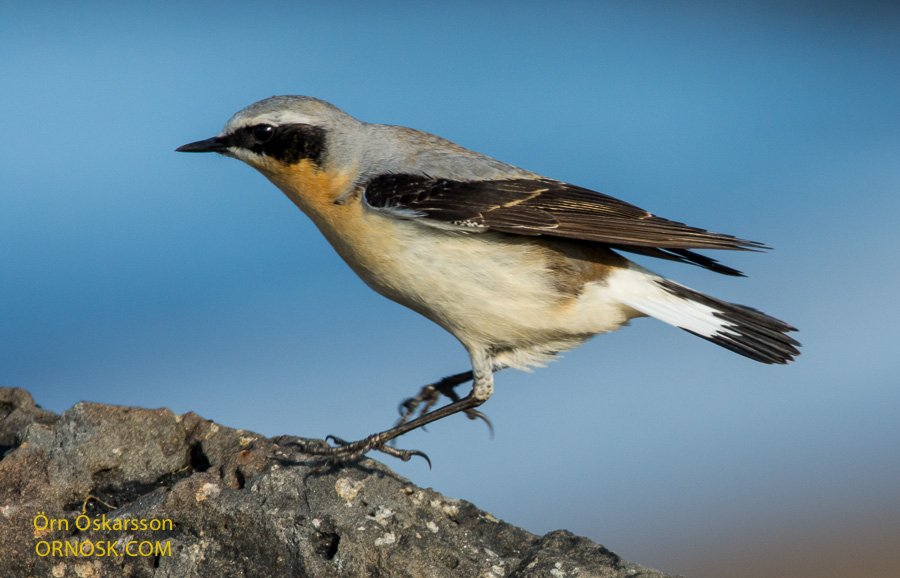
It must be a relief to finally land on Icelandic shores after flying for thousands of miles over the ocean. This Wheatear was just about to land in South Iceland in the morning of May 5.
The Wheatears are not early migrants. They usually arrive in Iceland in May, coming from their winter grounds as far as Africa. In September they leave again for the winter.
Keeping vigil over their spouses
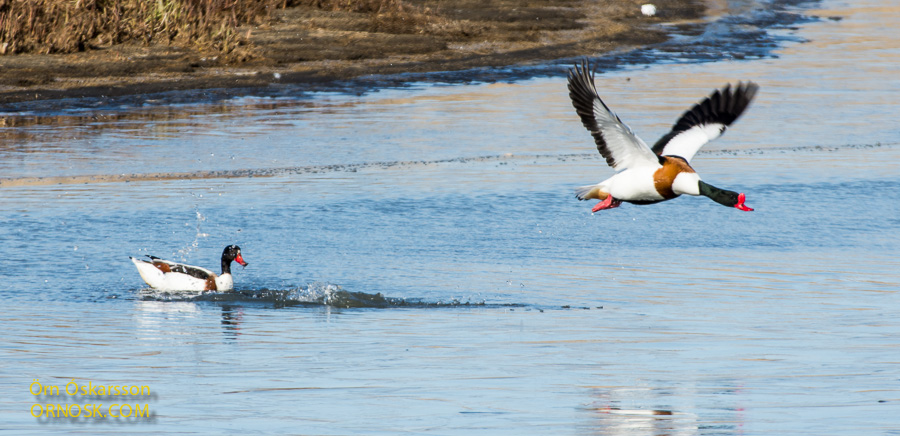
It is spring and breeding time has started. The Shelducks on Ölfusá River have started claiming their territories. The males are very protective of the females and are busy chasing away aggressive males that have not yet managed to secure a mate.

A lot of uproar can be observed when groups of male birds make an assault and try to snatch away a female already paired. The lucky ones have to keep constant vigil over their spouses.
Night Herons in Iceland
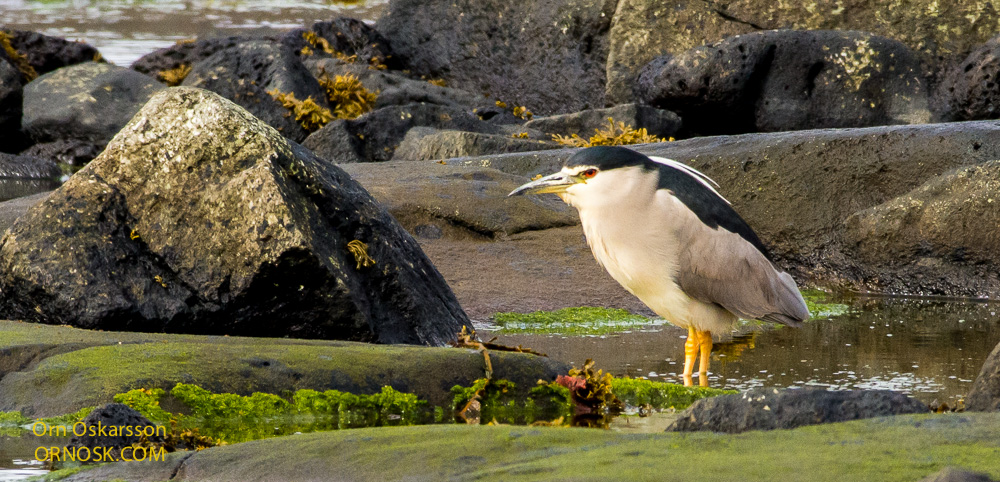
Black-crowned Night Herons are very rare vagrants in Iceland. Now three have been spotted in Stafnes in Reykjanes Peninsula. On 26 – 27 April three birds were spotted but in the last few days only two have been seen. These three are number 11- 13 of the birds that have been spotted in Iceland.
The Black-crowned Night Heron is a breeding bird in South Europe and their winter grounds are in Africa. Usually they do not breed more northerly than in France but strong southerly winds have blown them of course all the way to the North Atlantic.
A sighting like this always causes a lot of commotion among birdwatchers. They came from all over the country to see these unexpected guests, feeling thankful for such a rare and precious sighting.
First time in Iceland
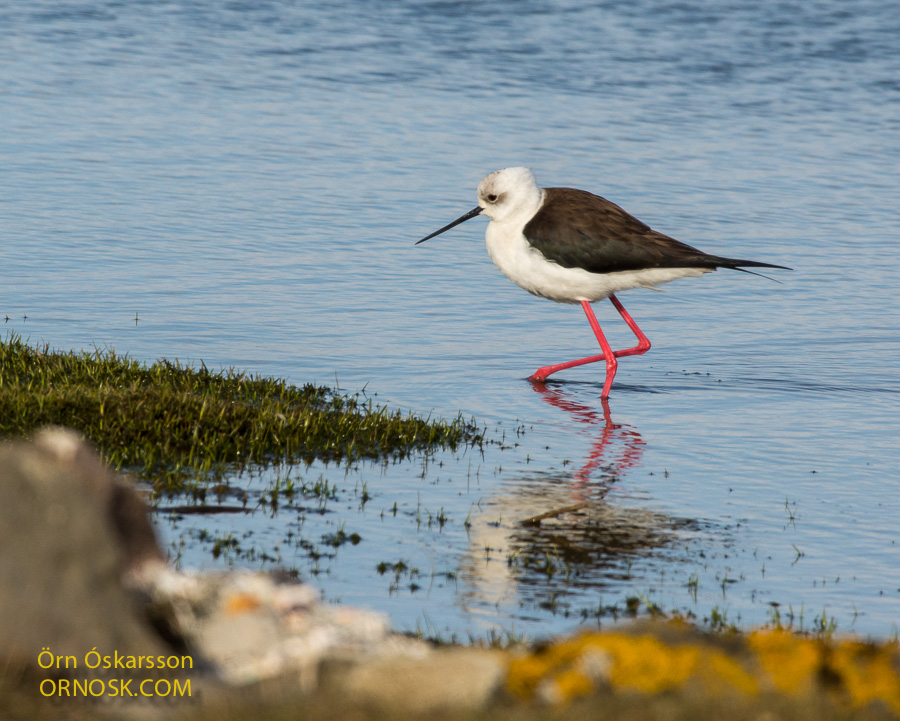
A Black-winged Stilt has been spotted in Iceland for the first time. It must have got a bit mixed up and added several thousand km to its migration route over the Atlantic Ocean. Its habitat is in Central Asia and the southern part of Europe, around the Mediterranean, and up the west coast of France. It winters in the southern part of Africa.
The most prominent feature of the Black-winged Stilt is its very long red legs. With these long legs it can go farther out than many other waders which is convenient when searching for food. It lives in both fresh and salt water, by the shore, in ponds and marshes.
The Black-winged Stilt was first seen on April 20 in Gardur in Reykjanes Peninsula. The bird is there still and a lot of birders and photographers have visited the area to add this special bird to their lists.
Already with chicks
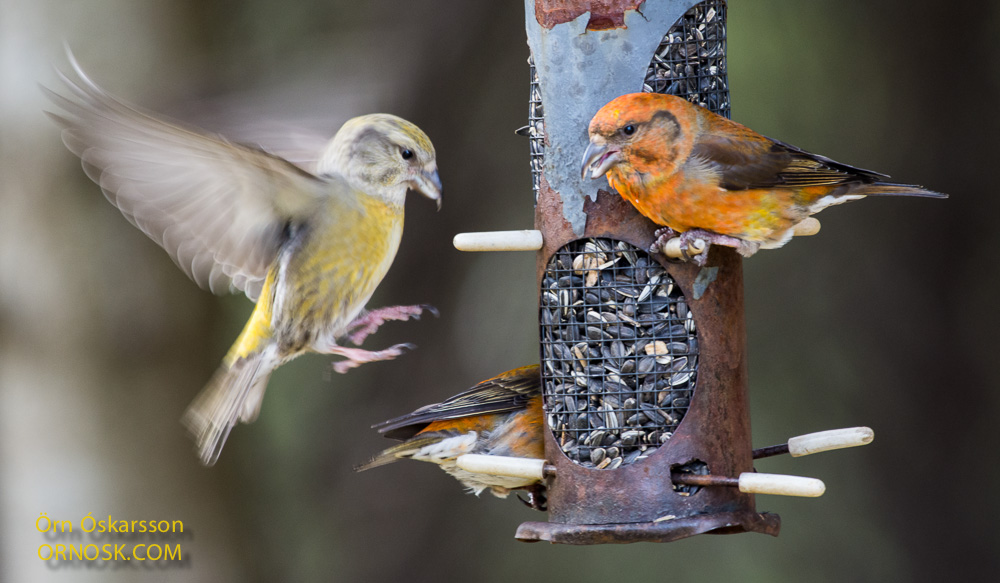
We are almost obsessed with the Common Crossbill. They are such a nice addition to the Icelandic bird population with their yellow and orange colours and the special beak. Last weekend we saw the first ones with chicks.
The Common Crossbill breeds earlier than all Icelandic birds. The males start singing in the middle of winter and breed as early as February if there is enough feed.
The males are usually more colourful and come in shades of red, orange and yellow. The females are usually yellow.
The nesting Raven in BYKO
The people at BYKO hardware store in Selfoss have put up a webcam so we can observe how the nesting is going.
You can see it here: http://ipcamlive.com/58eb9fa1f38a9
A small white heron
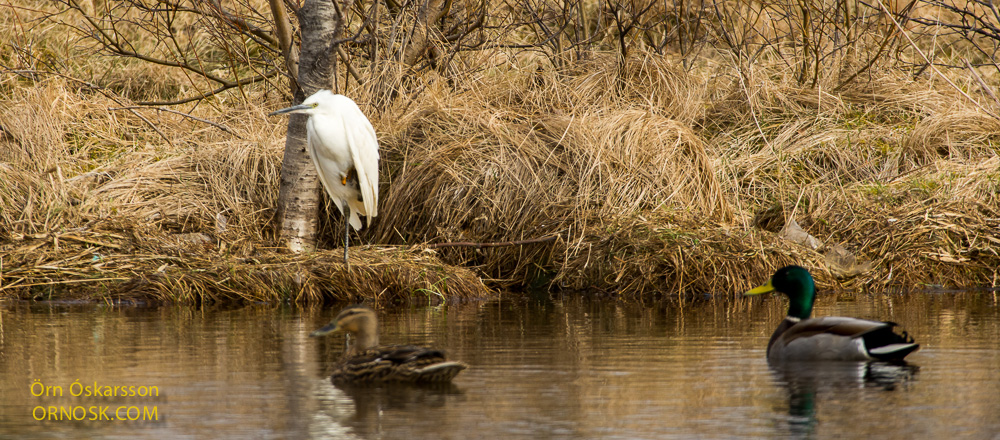
A white heron has been seen in Ölfus, South Iceland, in the last few weeks, – and at last I managed to spot it, a Little Egret. This is most likely the white heron that has been roaming the area.
It is difficult to say whether this bird has been here for the whole of winter or if it arrived sometime in February or March. Several Little Egrets were seen in Iceland in the autumn of 2016. This could actually be on of them.
The Little Egret is a small heron and a great beauty. It has a spectacular white plumage. The legs and bill are black and the feet yellow.

